The cousin of the border patrol agent felled by a Fast & Furious rifle spoke to Guns & Patriots about the Brian Terry Foundation the family dedicated to the late Brian A. Terry and the search for answers.
It is difficult to have so many stories floating around 20 months afterwards, said Robert Heyer, one of the founders of the Brian Terry Foundation, which honors Terry, who was killed in a firefight the night of Dec. 14, 2010.
“Most egregious, is the fact that the family has never been contacted by a government official to say that the weapons found at the murder scene were subject to a federal gun-tracking investigation operated in Phoenix by ATF,” he said.
“We had to find that out through the media,” he said. But, Phoenix U.S. Atty. Dennis Burke, the FBI and the ATF all knew within 24 hours.
In the interview, Heyer revealed details about his cousin’s personality and his tragic last moments, as well as, sorting out facts and rumors about the incident that began the unraveling of the Obama administration’s operation that facilitated the flow of hundreds of firearms to criminals in Mexico.
“Brian dad and my mom are brother and sister,” Heyer said.
“We grew up together in the Detroit-area,” he said.
“I’m a few years older than Brian. I was off to college as he was a young kid, through elementary and middle school,” he said.
“Later in life, I mentored him,” he said. “I provided him with guidance as he sought a law enforcement experience – my dad was also a mentor of his,” he said.
“My dad was a chief of police in our hometown of Lincoln Park, Mich., where Brian became a police officer after getting back from the Marine Corps,” he said. Terry was a veteran of Iraq.
Heyer said he helped Terry during his move to Arizona, where he not only joined the border patrol, but became a member of Customs and Border Protection’s elite Border Patrol Tactical Unit. BorTac is a highly trained cadre of agents based in El Paso, Texas that deploys personnel throughout the U.S. and the world.
BorTac agents are the best equipped, trained and supported agents in the department, he said. “They had the best weapons, night vision, lasers, you name it, they are trained and they carry it.”
As a BorTac agent, Terry thrived on the intense high-op tempo, he said.
“He was in the Navy SEALs of the border patrol,” he said. “These are the guys, who are only given specific assignments, ones that regular border patrol agents would not be prepared for.”
“He loved being out there in the field,” he said.
“He loved the level of adrenaline that these guys have when they are facing illegal aliens, trying to track them, as they are trying intercept and interdict drug loads making their way across the border,” he said.
Heyer said, drugs coming across the border from Mexico were a major focus for Terry’s team.
“As they were seizing a drug load, Brian would write or call home: ‘Hey, we took some marijuana,’ or ‘We seized some weapons,’ he loved that stuff and he was an agent’s agent” he said.
At his first border patrol duty station, the one at Naco, Ariz., named for him in the Brian Terry Memorial Act, the rookie border patrol agent earned the nickname, “Superman,” he said.
“I tell people he had the looks of a movie star, the physique of an NFL football player and the attitude that everyone wanted to be around him,” he said.
“He could be very motivational, too,” he said. “He had a saying: ‘If you want to succeed, you have to put in the work.’ He lived by that creed and he tried to pass that on to others that tried to emulate him.”
Terry never spoke to his cousin about Fast & Furious or any of the related operations, and it is likely he did not know about it, he said.
“The night Terry was killed, his team was hunting down border bandits, Mexican criminals in the Peck Canyon region in Rio Rico, Ariz., who prey on other Mexicans transiting the borderlands, he said.
The team was looking for a specific gang of five to seven Mexican gangsters, armed with shoulder weapons, who targeted drug couriers from rival crime organizations, he said. “From everything I have seen, they were working for the Sinaloa drug cartel.”
The firefight took place near the end of a 48-hour observation and intercept mission the night of Dec. 14, 2011, he said.
“They were supposed to conclude the operation at midnight,” he said. “They were in a stationary position when the guys came on through, they yelled, ‘Police! Don’t move!’ and then the firefight occurred,” he said.
There are many different stories about the events that night that have taken on a life of their own. Heyer said he spoke to members of Terry’s team and others close to the investigation.
There were no standing orders restricting BorTac agents to non-lethal force, he said. “Non-lethal was in their arsenal of weapons, but everyone carried M-4’s and semi-automatic side arms, and they were completely ready to use them.”
Initially, members of Terry’s team engaged the bandits with non-lethal rounds, such as bean bags, but, they had lethal force available as an option, he said.
“That was their call,” he said.
It is completely false that injured bandits were treated before Terry or were med-evaced ahead of him, Heyer said.
“I have talked to members of his team, who were with him that night, I talked to border patrol agents, who were responding from ‘BorStar,’ the elite medics embedded with BorTac,” he said.
“Brian was administered first aid immediately,” he said.
“When Brian was shot, he called out: ‘I’m hit!’ and one of this teammates went over to him as the other teammates were engaging the bad guys with their M-4’s and side arms,” he said.
“Brian said: ‘I can’t feel my legs. I think I might be paralyzed,’” he said. “Brian very quickly lost consciousness in the arms of his team member and ultimately, he died very quickly, he bled out a huge amount of blood.”
The autopsy report said Terry’s aorta was severed by a single fragment of a 7.62 mm round, typical of rounds used by AK-47 rifles, like the two Wasar-10 AK-47-style rifles found at the scene, he said. In fact, ATF traced both rifles to the Fast & Furious operation within 24 hours of the shooting.
Heyer said he has heard that there was a third weapon recovered at the scene, but he does not place much stock in that part of the story. “We’ve heard all the rumors, but we have found nothing to substantiate that.”
At the Tucson memorial service in January 2011, Burke, the Phoenix U.S. attorney, the senior Justice Department official in Arizona, introduced himself to the family and promised to do whatever he could in the murder investigation.
“Burke never talked about Fast & Furious,” he said. “Never talked about the weapons found at the scene, but there was a belief of the family immediately that there was a effort by the Burke and the ATF to keep these two cases distinct and separate.”
In addition to pressing the government for answers, the family established the Brian Terry Foundation to help families of fallen border patrol agents, award scholarships to students looking for a career in border enforcement and to recognize the best border patrol agents annually, he said. The foundation is also collecting signatures for its Never Again petition protesting operations like Fast & Furious.


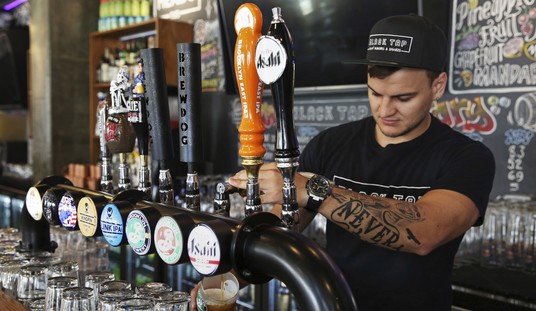
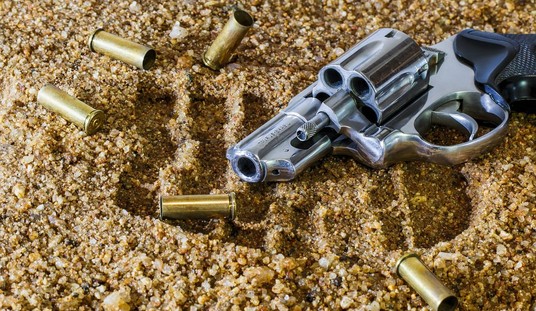
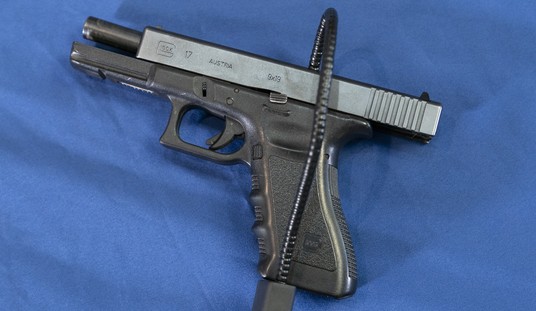

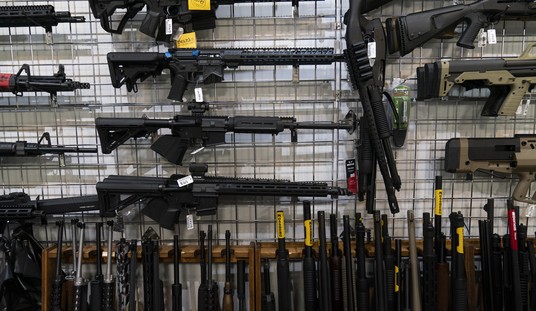

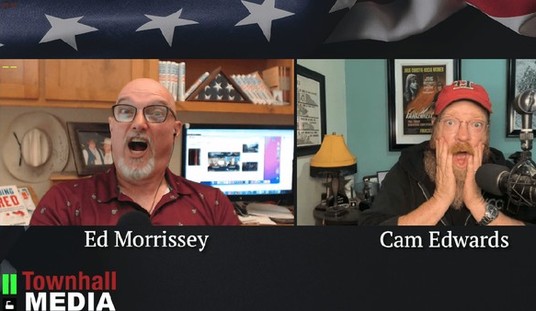
Join the conversation as a VIP Member